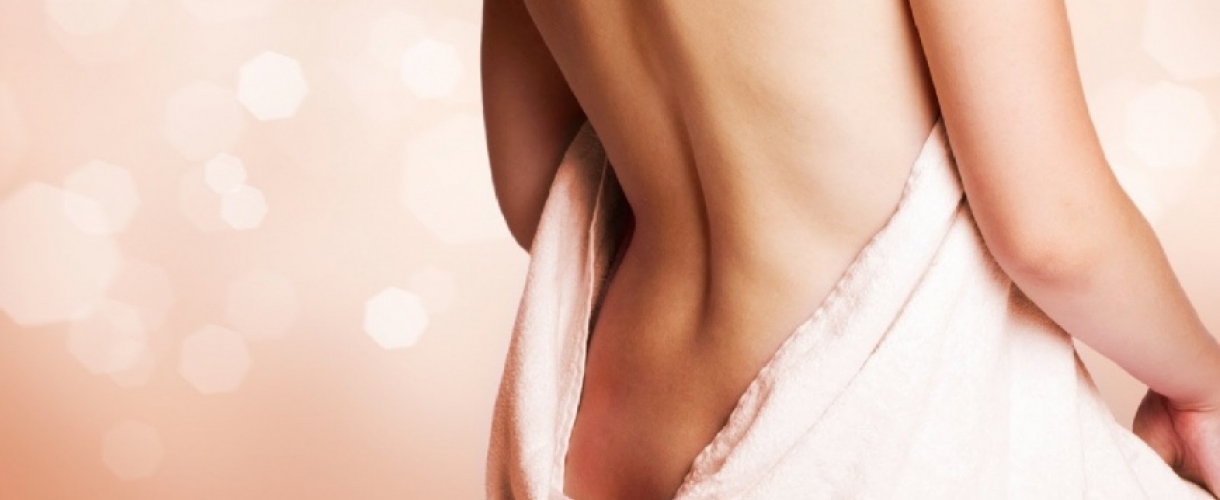Dryness of the dermis or xerosis indicates an insufficient amount of moisture in the upper layers of the epidermis. This condition is dangerous because they are located to the penetration of pathogenic organisms, which leads to inflammatory processes. Complications are also possible, including phlegmon, eczema, accompanied by the appearance of cracks and red spots, folliculitis, due to which abscesses form around the hair.
Xerosis is one of the indicators of aging, it occurs mainly in middle-aged and elderly people. But there is also the so-called constitutionally dry skin - a phenomenon caused by the physiology or genetic predisposition of a person.
Causes of dry back skin
The reasons for the appearance of such a problem can be very different.
- natural: exposure to sunlight, high or very low air temperature, low humidity, windy weather, climate change;
- dehydration, malnutrition, beriberi;
- bad habits;
- drug use for weight loss, which remove fluid from the body;
- permanent stay in air-conditioned rooms, visiting the pool;
- bathing in hot water, abundant use of alkaline soap, frequent peeling;
- medication;
- allergy; violation of the functioning of the digestive system;
- premenopause or menopause among women.
This is not only an unpleasant phenomenon, but also one of the symptoms of some diseases. So, it occurs with psoriasis, diabetes, renal failure, eczema, seborrhea, hypothyroidism, atopic dermatitis, dystrophy, chronic intoxication, ichthyosis, allergic rhinitis, hairy keratosis, hypovitaminosis A and PP, Sjogren's disease. Therefore, it is useful to consult a doctor who will prescribe tests and, if necessary, the necessary treatment. If this is only an external problem, he will recommend effective measures to get rid of it. Dry skin is usually accompanied by narrowing of pores, the appearance of cracks, red spots, peeling and flaking, and itching. It looks rough and inelastic, and after contact with water it shrinks and causes discomfort.

Even moisturizers can be dangerous for the skin - creams whose ingredients include hyaluronic acid, petroleum jelly and glycerin, mineral oil and paraffin, at low humidity or in rooms with dry air, draw moisture from the deep layers of the epidermis to the surface.
Moisturizing the skin of the back
The dermis looks healthy, firm and elastic if it receives enough moisture. If this condition is not met, it becomes sensitive and even painful. The lipid layer, which is formed by sebum and horny cells, regulates the amount of moisture in the skin. Dries the dermis and dry air - a consequence of the operation of an air conditioner or heater. To improve the situation, you should ventilate the room more often, and if possible, put containers with water, vases with flowers are ideal for this.
Pay attention to nutrition. Water, juices and low-fat fermented milk products can provide the required volume of liquid, while coffee, strong tea and alcoholic beverages contribute to dehydration. It is worth giving preference to walnuts, red fish, buckwheat, seeds, vegetable oils, beef liver, eggs, sea buckthorn, broccoli, cherries, legumes, mountain ash, carrots, tomatoes, herbs - foods containing vitamins A, C and E.
Dry back care
When caring for a problematic dermis, you need to choose the right cleansers and moisturizers: lotions and creams should not include alcohol and mint, menthol, eucalyptus, citrus essential oils. Instead, they should contain waxes, mineral oils, nonionic detergents such as esters and fatty acid micelles. In addition, they should only be applied to a wet body - after taking a shower or bath, it should be slightly blotted with a towel, but not wiped completely. This will keep the remaining moisture. Salt baths or swimming in the sea are certainly useful, but after that you should rinse with cool water.
You can overcome this problem with external use of oils: sesame, castor, primrose, apricot kernels, bay tree; medicinal herbs: coltsfoot, wormwood, kirkazon, burdock, peppermint; valerian roots; as well as vitamins A and E. Baths with plantain leaves, yarrow, tricolor violet, coltsfoot, walnut, thorn and barberry roots, oak bark, juniper, flax seeds, bran and starch are very effective. An effective way is to use inside lemon balm, elecampane, dill, Jerusalem artichoke.

